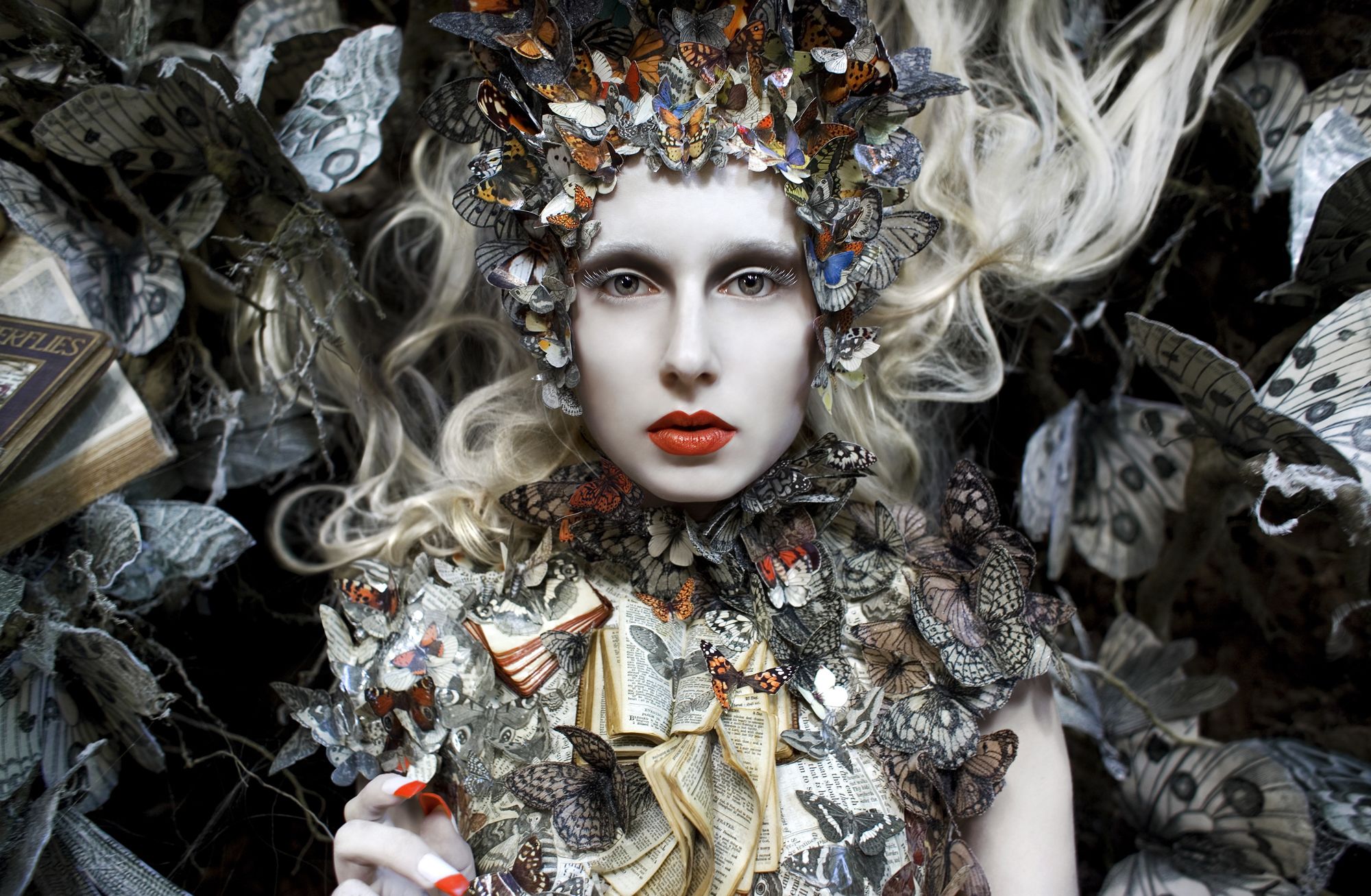When British photographer Kirsty Mitchell lost her mother to cancer in winter of 2008, the then-fashion designer threw herself into a project of grief to help her escape her new painful reality.
The result was the 74-part photo series “Wonderland,” a fairy-tale world filled with characters inspired by the books her mother would read to her throughout her childhood.
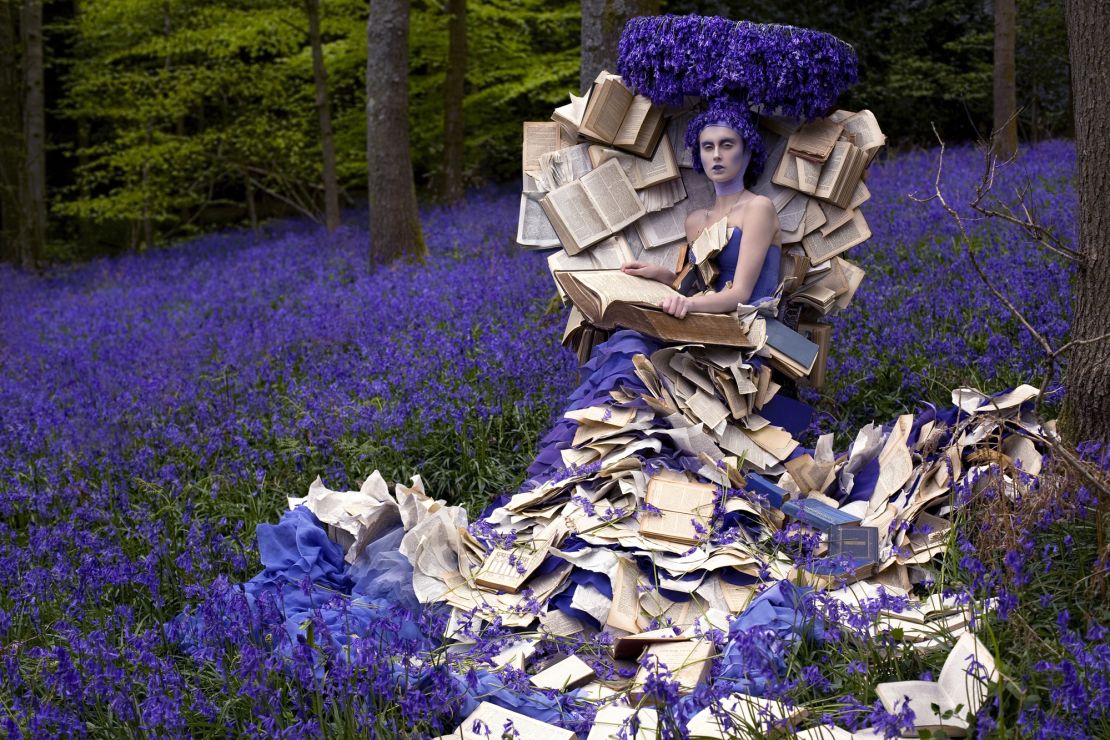
“When you lose someone, particularly to cancer, one of the most distressing parts of it is that there is just nothing that you can do,” Mitchell said in a phone interview.
“You’re so out of control – you can’t make the medicine work, you can’t change the doctor’s opinions – and I think what was addictive to me in producing this series was that I could control it. I could decide where the scenes were, what happens to the characters, and it’s this kind of cathartic release.”
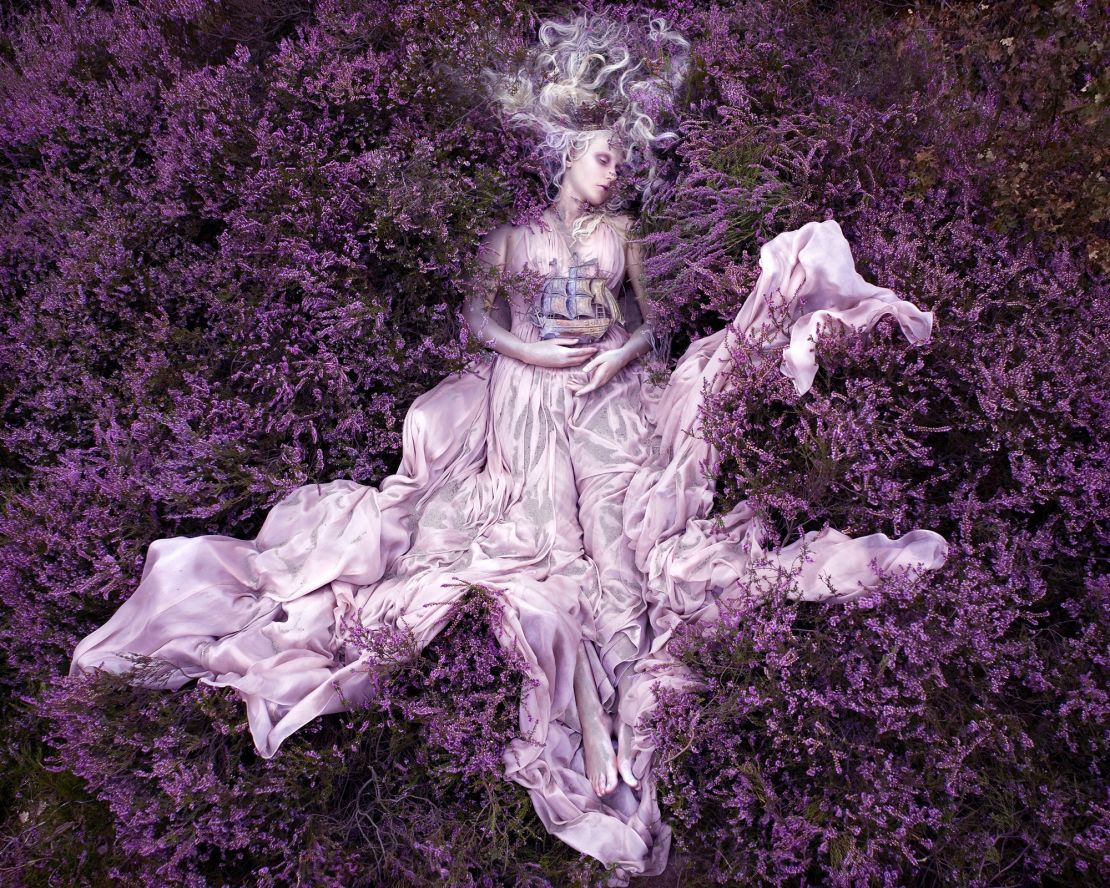
The series centers on Katie, a magical being who haunts the woods. She reflects both the sense of loss and small breaks of happiness that Mitchell experienced through her grieving process.
On her good days, Mitchell would have Katie covered in butterflies and reclining in a bed of lavender. During weeks when Mitchell was deeply depressed, facing the finality of death, her avatar may be chained to a sinking ship, her hands are thrown up in longing.
“As the series progressed, I began to realize that everything I was going through in the real world has been projected in these images,” Mitchell explained. “I embraced that and let that write the story.”
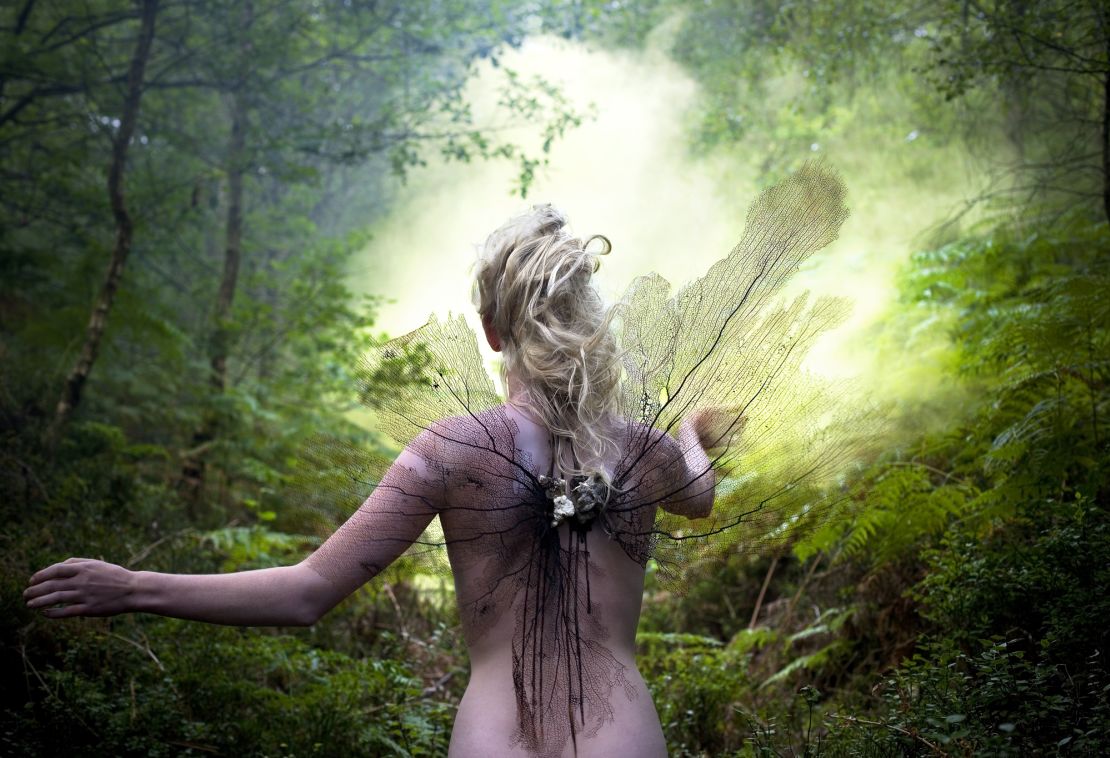
Though the scenes are elaborate, “Wonderland” was created on a shoestring budget. Mitchell’s husband helped create the sets, one friend modeled, and another friend did hair and makeup. Mitchell hunted down cheap materials to bring her fantasy after finishing her shifts at work.
She shot the series in the woods behind her house, using the changing landscape – the blooming flowers of summer, the barren trees in fall – to illustrate different themes.
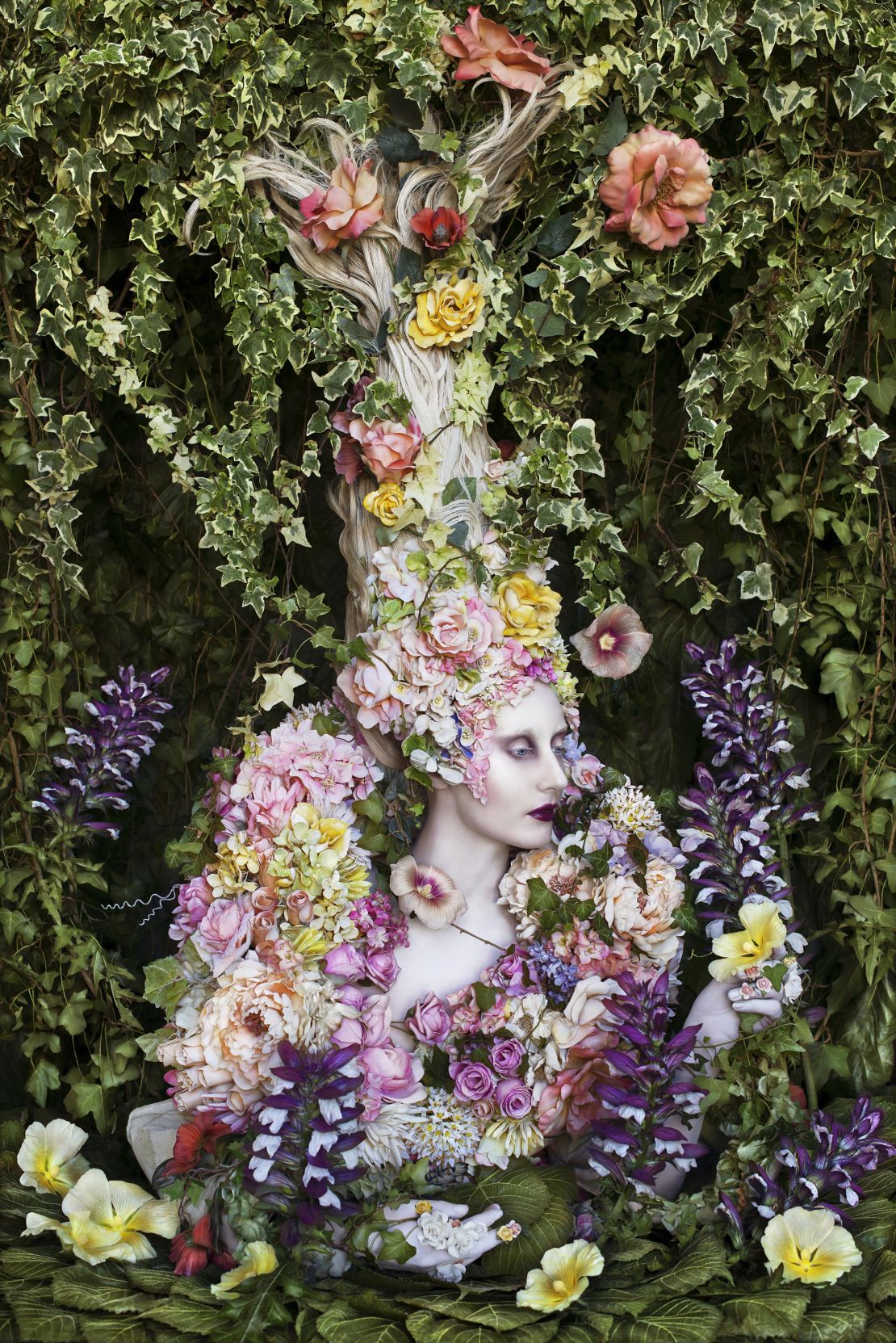
“This kind of portrayal of time passing was to give an illustration of the journey of grief. You don’t stand still, you move, and things change. If you have ever experienced loss, there is no kind of direct path with grief. You don’t start in the beginning and then it fades, and fades and fades until it eventually disappears. It just doesn’t work like that.” Mitchell said.
Mitchell created “Wonderland” not as an artistic expression, but to help people cope and process their own emotions, as well as to create a dialogue about grief. The most rewarding part about her series is seeing how it has helped people cope with their own pain. She recalls how, when she originally self-published a book of the images, people would often share their own experiences with her at book signings.
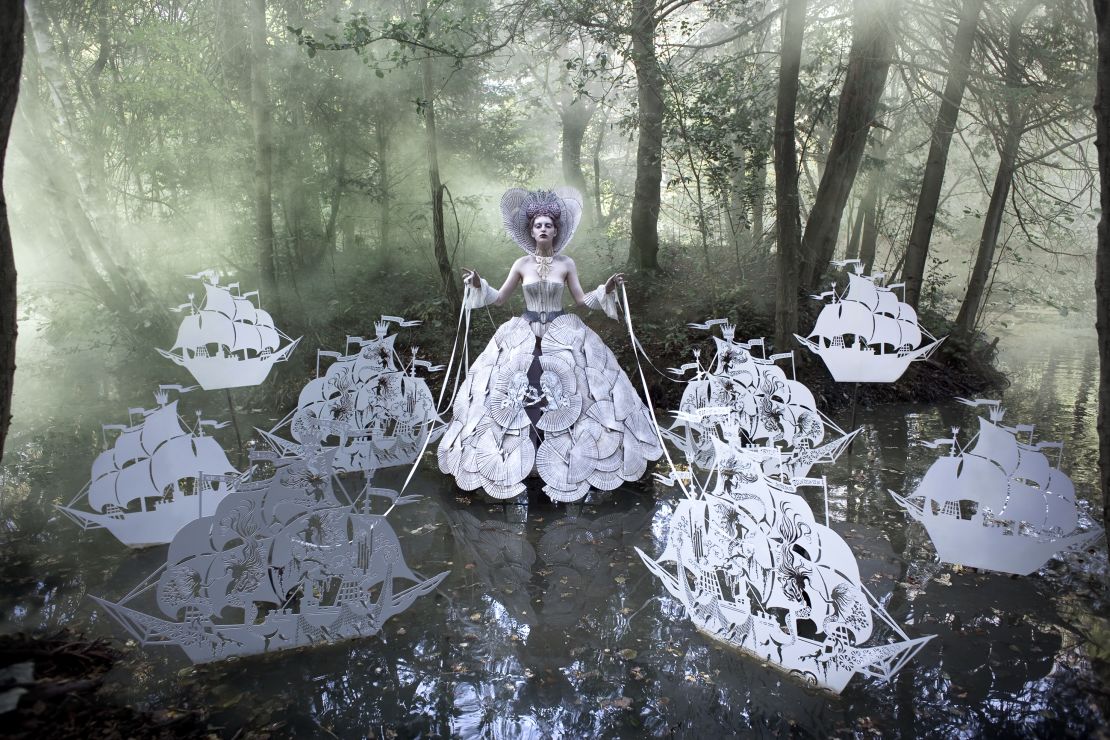
One 85-year-old woman bought a copy and as her to write an inscription to her own mother who had long since passed away. And once, a young family handed her a stack of photographs of the “Wonderland” they had created to help their children deal with their grief over the loss of their grandmother. They’d put tablecloths on their heads and held bunches of flowers and worked through their pain in the same way Mitchell did.
The journey ends with a photograph titled “Home.” In the image, the character is walking away from the camera, towards a house on a hill. Because you can’t see her face, you can’t read her emotions. Because of the distance, you can’t tell if anyone will be in to greet here.
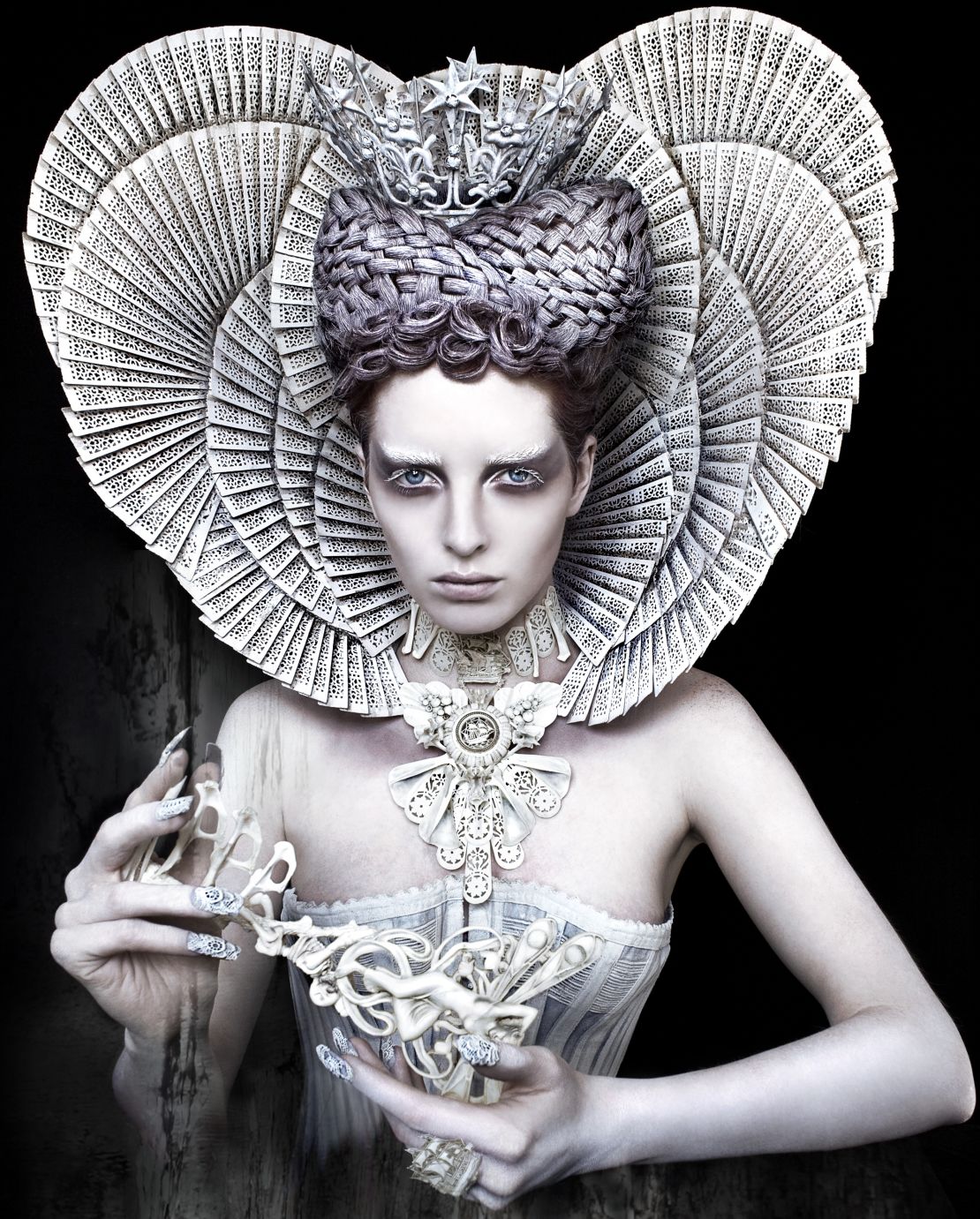
This idea of homecoming was particularly important for Mitchell: Her mother had died in France – far from her own home in Maidstone, a small town in south east England – where she’d been living for a brief amount of time to embrace the culture and to learn the language.
“In the same instance in losing her, I’d also lost my family home, which is a really tough thing because, no matter how old you get, when something goes terribly wrong for you, your first instinct is to go home, to go see your mum … So, I lost both my physical home, and my spiritual home, my mother,” Mitchell said.

“And so the end of the series is getting this character home. I didn’t want to create this big false happy ending because it isn’t where I am in the real world and it wouldn’t be a realistic portrayal of that. So what I did was I left it as a question.”
So perhaps, then, the series is more than a tool for healing. It can also help you see an ending as a new beginning.
Kirsty Mitchell’s “Wonderland” is on view at Fotografiska in Stockholm until March 3, 2019.
